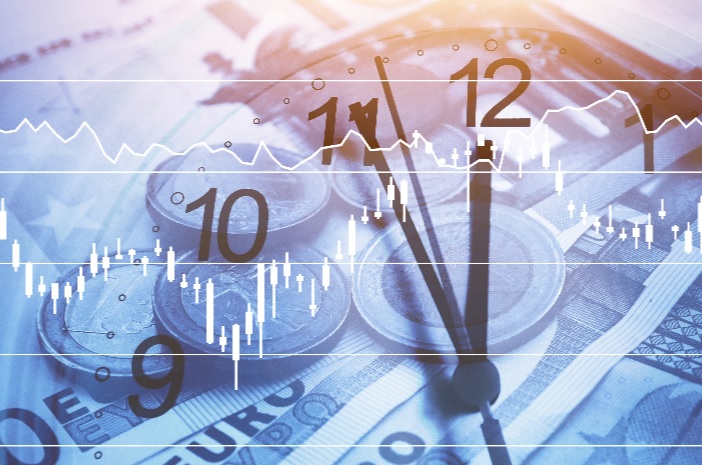When it comes to forex trading, one of the most critical decisions traders face is whether to adopt a short-term or long-term trading strategy. Each approach has its unique advantages and disadvantages, and choosing the right one can significantly impact your trading success. In this article, we will explore the key differences between short-term and long-term forex trading and provide insights to help you make an informed decision.
Short-Term Forex Trading
Short-term forex trading, often referred to as day trading or scalping, involves making trades that typically last from a few minutes to a few hours. Here are some key characteristics and considerations for short-term trading:
-
Quick Profits and Losses: Short-term traders aim to profit from small price movements within a single trading session. While this can result in quick profits, it also means that losses can occur rapidly. Traders must have a well-defined risk management strategy.
-
Intensive Monitoring: Short-term traders need to closely monitor the market throughout the trading day. This requires a high level of focus and dedication, as opportunities and risks can emerge rapidly.
-
Technical Analysis: Short-term traders often rely heavily on technical analysis, using charts, indicators, and patterns to make quick trading decisions. Fundamental analysis may play a lesser role in their strategy.
-
Low Overnight Risk: Since short-term traders typically close their positions by the end of the trading day, they are less exposed to overnight risks such as news events or market gaps.
-
Stress and Emotional Discipline: Day trading can be mentally taxing due to the need for quick decision-making and the emotional rollercoaster of wins and losses. Maintaining discipline is crucial.
Long-Term Forex Trading
Long-term forex trading involves holding positions for an extended period, often weeks, months, or even years. Here are some key characteristics and considerations for long-term trading:
-
Patience and Persistence: Long-term traders need a different mindset than short-term traders. They must be patient and prepared to weather short-term market fluctuations.
-
Fundamental Analysis: Long-term traders often focus on fundamental analysis, studying economic indicators, central bank policies, and geopolitical events. They seek to identify trends that can play out over a more extended period.
-
Reduced Stress: Long-term trading can be less stressful than day trading since traders are not constantly watching the markets. However, it requires the ability to withstand drawdowns and market volatility.
-
Swaps and Rollovers: Long-term traders may need to consider swaps and rollovers, which can affect their profitability. These are fees or interest payments associated with holding positions overnight.
-
Less Frequent Trading: Long-term traders make fewer trades compared to short-term traders, which means lower transaction costs. However, they need to be diligent in monitoring their open positions.
Choosing the Right Approach
So, which approach should you choose? The answer depends on your individual preferences, goals, and trading style. Here are some factors to consider when deciding:
-
Time Commitment: Short-term trading requires more daily attention, while long-term trading allows for a more relaxed pace. Consider how much time you can realistically dedicate to trading.
-
Risk Tolerance: Short-term trading can be riskier due to rapid price fluctuations, while long-term trading may have less volatility but requires patience during drawdowns.
-
Skill Set: Your proficiency in technical and fundamental analysis may influence your choice. Short-term trading relies heavily on technical analysis, whereas long-term trading leans toward fundamentals.
-
Capital and Leverage: Your available capital and the level of leverage you use can impact your choice. Short-term trading often requires more significant capital and carries higher leverage risks.
-
Psychological Makeup: Consider your emotional discipline and how well you can handle the stress of day trading. Long-term trading may be a better fit if you prefer a calmer approach.
In conclusion, short-term and long-term forex trading each has its merits and challenges. There is no one-size-fits-all approach, and successful traders can be found in both camps. It’s crucial to align your trading strategy with your individual goals, risk tolerance, and resources. Additionally, continuous learning and adaptability are essential regardless of your chosen path. By making an informed decision and staying disciplined, you can navigate the dynamic world of forex trading successfully.
Remember that trading carries inherent risks, and it’s advisable to start with a demo account or trade with risk capital until you gain confidence and experience in your chosen strategy.
Happy trading!
Beginner’s Guide: How to Choose the Best Forex Broker
The Best Way to Learn Forex Trading for Beginners: A Comprehensive Guide

